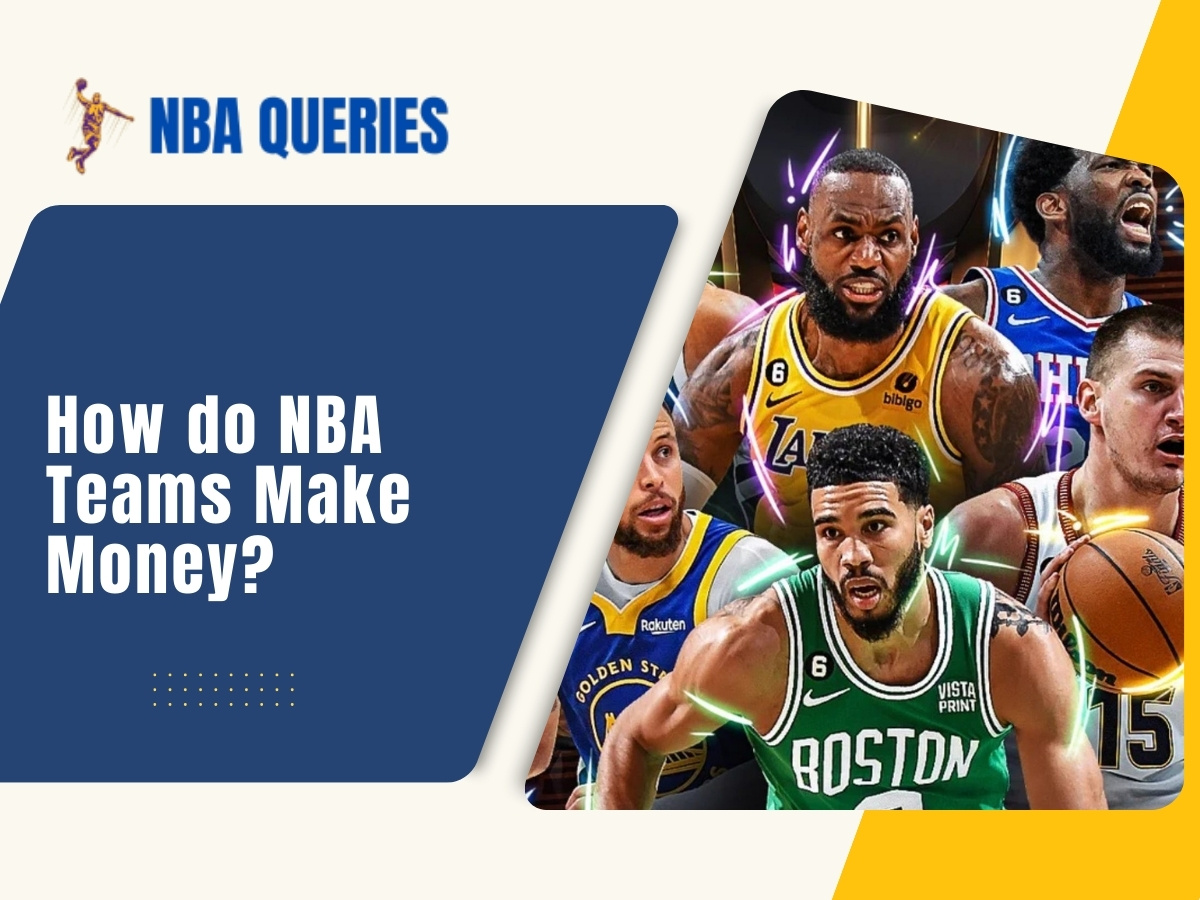The financial ecosystem of the NBA is a complex interplay of various revenue streams that ensure the league’s profitability and sustainability. Understanding how NBA teams make money reveals a multi dimensional approach that encompasses everything from ticket sales and broadcasting rights to merchandising, sponsorships, and innovative digital engagements.
Ticket Sales: The Foundation of Team Revenue
Ticket sales remain a cornerstone of NBA team revenues, providing a significant income source through season tickets, luxury boxes, and single-game tickets. The strategy around ticket sales is sophisticated, with dynamic pricing models that reflect demand, team performance, and market conditions. These sales not only offer direct revenue but also drive ancillary earnings through concessions and merchandise sales, underscoring the importance of live games in the NBA’s economic model.
Broadcasting Rights: A Lucrative Stream
Broadcasting rights, both national and local, are among the most lucrative revenue streams for NBA teams. Multi-billion dollar agreements with major networks ensure that NBA games reach a broad audience, generating substantial income for the league and its teams. The advent of streaming services has further expanded the NBA’s broadcasting strategy, allowing teams to explore new ways to engage with fans and monetize content in the digital era.
Merchandising and Brand Partnerships
Merchandising is another key revenue pillar, driven by fans’ desire to connect with their favorite teams and players. The sale of jerseys, hats, and other team-branded merchandise contributes significantly to a team’s bottom line. Licensing agreements with various brands extend the team’s reach into consumer products, enhancing revenue opportunities beyond direct merchandise sales.
Sponsorships and Advertising: Expanding the Revenue Base
Corporate sponsorships and advertising are essential, providing teams with lucrative partnerships that include in-arena branding, promotional events, and digital campaigns. The digital and social media landscape has opened new avenues for sponsorships and advertising, allowing teams to capitalize on targeted advertising opportunities and engage with fans on a global scale.
Innovation and Technology: The New Frontier
The NBA’s foray into digital content, gaming, and the metaverse represents a strategic pivot to engage with fans in the digital age. Partnerships with companies like Dapper Labs for NBA Top Shot and investments in virtual reality experiences underscore the league’s commitment to leveraging technology to enhance fan engagement and open new revenue streams. These digital initiatives not only cater to the traditional fan base but also attract new audiences, further diversifying the NBA’s revenue portfolio.
Read:
- How Much is NBA League Pass
- How Does the NBA Draft Lottery Work?
- How Much Is Veteran Minimum in NBA?
Concessions and In-Arena Experiences: Beyond the Game
Concessions play a significant role in a team’s revenue, offering fans a wide range of food and beverage options. From traditional snacks to gourmet meals, the sale of concessions enhances the game-day experience while contributing to the team’s financial health. NBA teams are increasingly partnering with renowned chefs and local restaurants to elevate the culinary experience, appealing to food enthusiasts and creating new revenue streams.
Special in-arena experiences offer fans unique opportunities to engage with the team beyond the game. These can range from meet-and-greets with players to behind-the-scenes tours and VIP access to exclusive areas. Such experiences not only strengthen fan loyalty but also open additional revenue channels for the teams, showcasing the NBA’s innovative approach to fan engagement.
Revenue Sharing and Salary Cap: Ensuring Competitive Balance
The NBA’s revenue sharing model is a critical component of its financial structure, designed to maintain competitive balance across the league. This system redistributes a portion of the total league revenue among all teams, supporting smaller-market teams in competing effectively. The salary cap further ensures financial fairness, limiting the amount teams can spend on player salaries to prevent wealthier teams from monopolizing top talent.
The luxury tax, part of the salary cap system, penalizes teams that exceed certain spending thresholds, redistributing the collected fines to teams under the cap. This mechanism encourages prudent financial management and strategic planning, ensuring a level playing field that benefits the league as a whole.
Franchise Value and Ownership: The Business Behind the Game
The value of an NBA franchise is influenced by various factors including market size, team performance, and brand strength. Franchise values have soared in recent years, reflecting the league’s growing popularity and the financial success of its teams. Ownership plays a crucial role in this context, with strategic decisions by owners impacting not only the team’s performance but its financial viability and growth potential.
Owners invest in their teams not just for the love of the game but also for the substantial financial returns a successful franchise can yield. This investment goes beyond player salaries, encompassing facilities, fan engagement, and community relations, all of which contribute to the team’s value and the owner’s return on investment.
The Future of NBA Revenue Generation
As the NBA continues to grow, both domestically and internationally, teams are exploring innovative ways to generate revenue and engage with fans. From digital content and virtual experiences to global merchandising and branding strategies, the league is at the forefront of sports entertainment. The financial strategies employed by NBA teams—ranging from traditional revenue streams to cutting-edge digital initiatives—underscore the league’s commitment to innovation, fan engagement, and financial sustainability.

